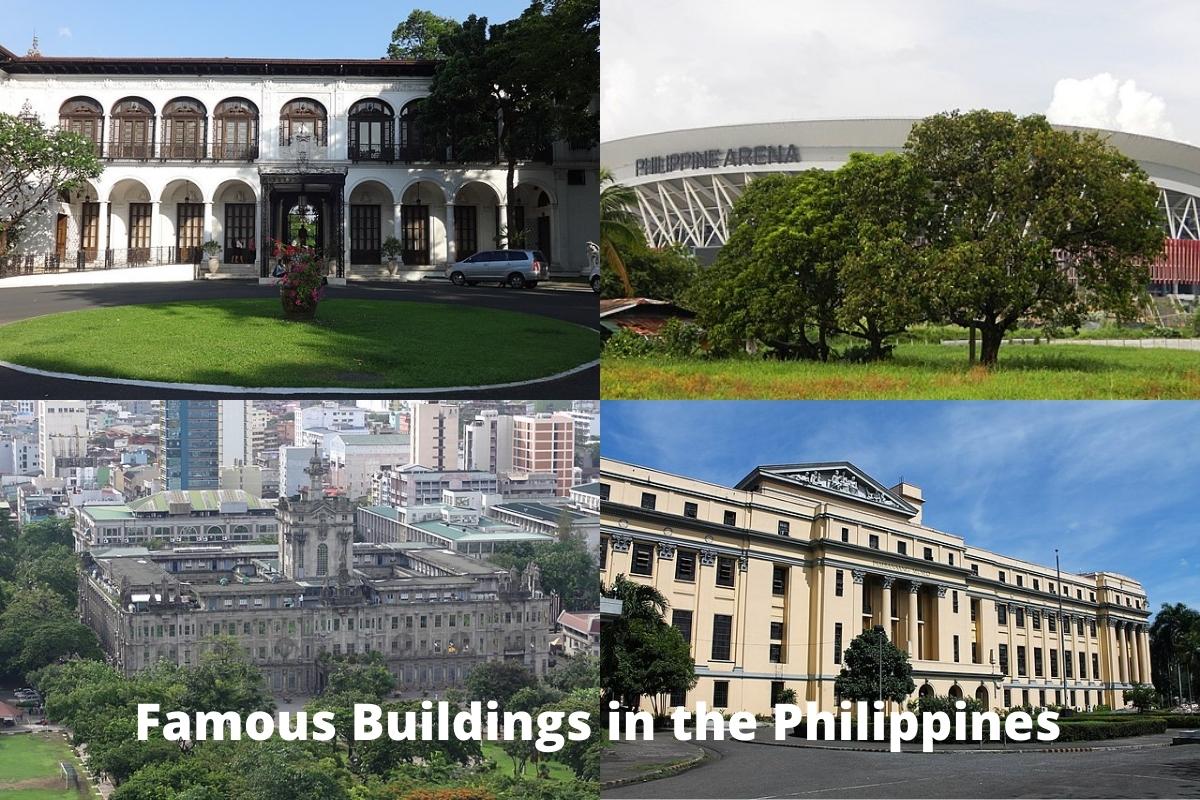The City of Manila is the capital city of the Philippines, and we consider this historic city that houses some of the most famous buildings in the Philippines as an integral part of a set of “global cities” distributed worldwide.
According to population experts, the City of Manila is one of the most populated cities in the world and they say it is currently the most densely populated city proper that we know of.
A storied history strongly influenced the Spanish culture and historical architectural designs in the city of Manila and surrounding areas make Manila a popular tourist destination for visitors around the world.
Below, we summarize 10 famous buildings in Manila, Philippines, and their nearby counterparts in the world’s most populated areas.
Famous Buildings in the Philippines
The Philippines is home to some of the world’s tallest skyscrapers and its capital city houses one of the oldest Roman Catholic churches on record.
We find many of the famous buildings in the Philippines in or near its capital, the City of Manilla. This highly populated area attracts millions of international tourists each year and boasts historical buildings crafted and designed by National Artists and leading developers.
Some of the most famous buildings in the Philippines serve as educational hubs and places of worship.
Others house the Philippines’ historical archives and are home to the nation’s leaders, including the Office of the President and the Vice President of the Phillipines.
Read on to learn more about the history of the most famous buildings in the Philippines and where they are located.
1. Zuellig Building
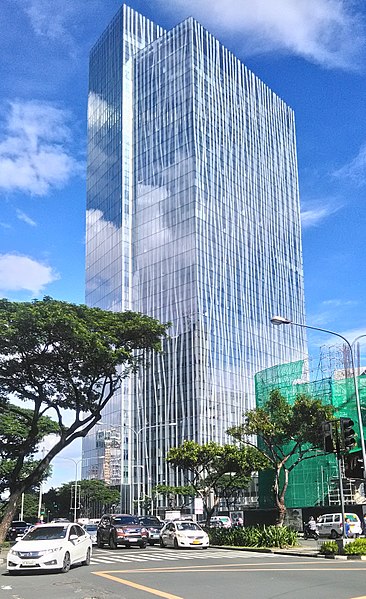
The Zuellig Building in Metro Manila, Philippines is an office skyscraper owned by the Zuellig Group and managed by the leasing agent, CB Richard Ellis Inc.
They started construction on the Zuellig Building in 2009. It completed construction in 2019 with the Zuellig Building standing at a hundred sixty meters tall, which is just over five hundred feet.
Manila’s Zuellig Building has thirty-three floors above ground and five underground floors. The Zuellig Building is the first building of its kind that was constructed in Manila and it is also on the list of the tallest buildings in the Metro Manila area.
This world-famous skyscraper still stands in its original location and operates as a corporate office hub in the Philippines today.
2. Manila Cathedral
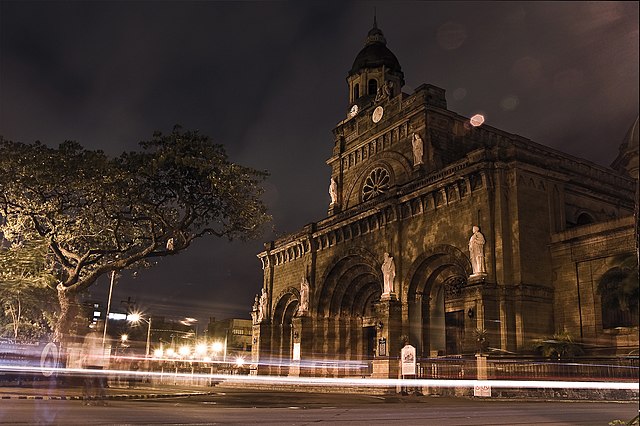
The Manila Cathedral also goes by the name of the Minor Basilica and the Metropolitan Cathedral of the Immaculate Conception is a historic Catholic church built in the city of Manila in the Philippines.
They originally constructed the Manila Cathedral of bamboo, wood, and nipa in the 1500s. They built this Catholic Cathedral to honor the immaculate conception of the Blessed Virgin Mary, an important figure in Catholic history.
The cathedral features at least three naves and seven chapels that became a part of its interior during its third construction in the 16th century.
One of Manila’s oldest cathedrals has undergone several reconstruction periods because of external damage and weathering in its structure. Architects and engineers completed its most recent reconstruction in 1958.
3. San Agustin Church
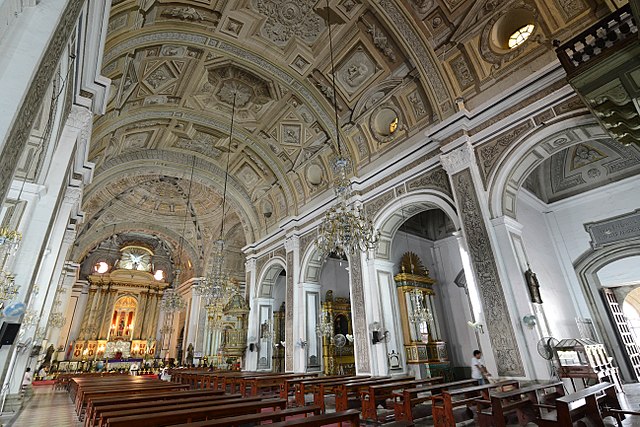
The Order of St. Augustine, who also goes by the Province of the Most Holy Name of Jesus of the Philippines, founded the San Agustin Church in 1571.
An architect named Juan Macias and his construction partners broke ground on the San Agustin Church in 1586.
Also Read: Famous Buildings in India
They completed the Church during the Spanish Colonial Period in 1607. It is in the city of Intramuros, Manila, and has the distinction of being the oldest Roman Catholic in the Philippines.
Along with San Agustin being the oldest Catholic church in the region, it became a National Historic Landmark in the Philippines in 1976. UNESCO also designated it as a World Heritage Site in 1993.
4. Malacanang Palace
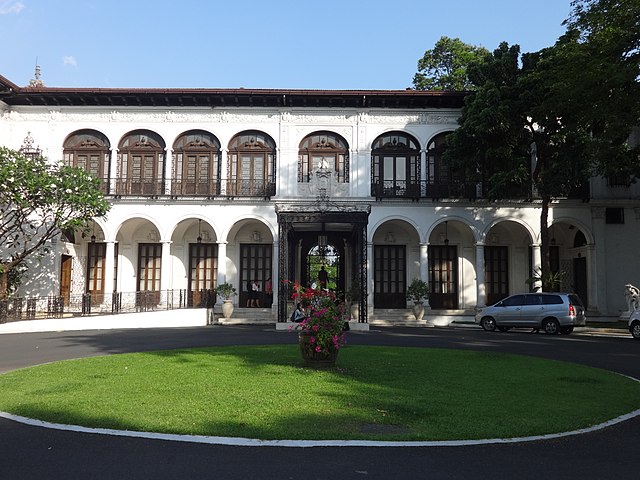
Malacanang Palace is a government complex featuring a network of mansions and office buildings in the Manila district of San Miguel, Philippines.
This palace is the home of the President of the Philippines who lives and works inside the complex.
They built the Malacanang Palace in 1750 and the building has housed a succession of presidents, governors, colonial rulers,
And even the American military. Today, the palace sits on its original site and they have restored it several times during its storied history. The palace still houses the President of the Philippines and related staff as it stands today.
5. National Museum of the Philippines
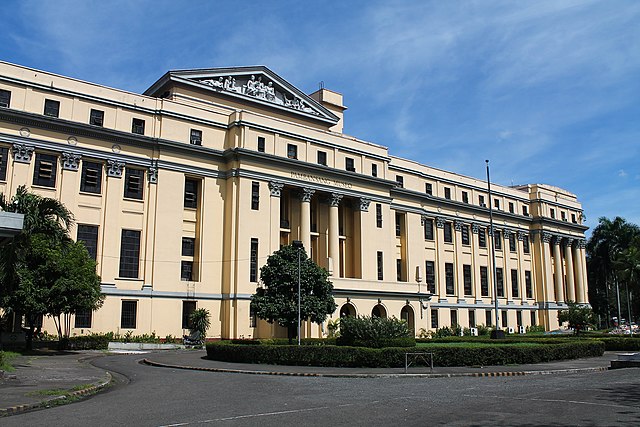
They designed the National Museum of the Philippines as a regulatory agency to oversee the activities of ethnographic, archeological, and other museums governed by the Philippines.
They formed the National Museum in 1901, and it holds jurisdiction over museums throughout the Philippines.
We know this famous museum for being involved in the Louisiana Purchase Exposition that happened in 1904 and for being a major contributor to the national development of the Philippines.
The museum still stands today and regularly receives visitors from around the world who want to learn more about its storied history.
6. Grand Hyatt Manila
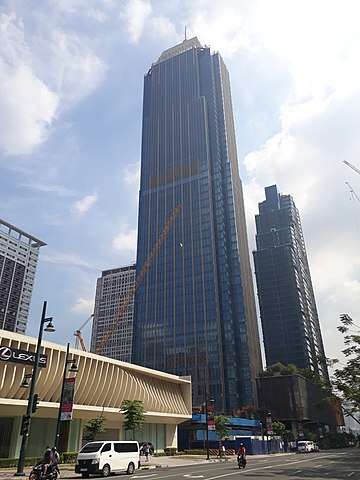
The Grand Hyatt in Manila, Philippines is owned by Federal Lands and opened in the business district of Taguig as a five-star luxury hotel in Bonifacio Global City.
We also know the Grand Hyatt of Manila as the Metrobank Center, a 45-story skyscraper that houses hotel rooms and residential condominiums.
This modern-style landmark hotel has all the amenities and features that include five-star accommodations and it is top-rated by visitors from around the world.
Guests of the Grand Hyatt Manila enjoy luxurious accommodations, five-star dining experiences, soundproof rooms, and spectacular views of the bustling business center in Taguig.
7. Parish of the Holy Sacrifice
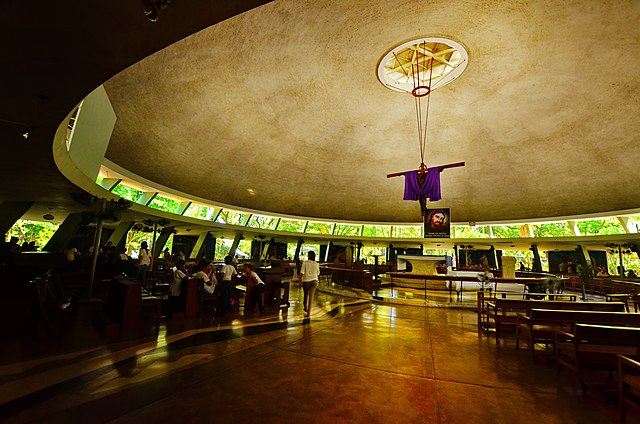
The Parish of the Holy Sacrifice is a Roman Catholic church. They built it in the early 1950s and they consecrated it upon its opening in December 1955.
The architect Leandro Locsin worked together with a team of engineers to build the church, which features a marble floor design and skylight as a part of its interior structure.
This historic Roman Catholic church sits on the University of the Philippines Diliman campus and we widely recognize it for its architectural design.
The National Historical Commission of the Philippines, The Museum of the Philippines, recognizes the Parish of the Holy Sacrifice as a Historical Landmark. The church still operates today under the administration of the Roman Catholic Diocese of Cubao.
8. University of Santo Tomas Main Building
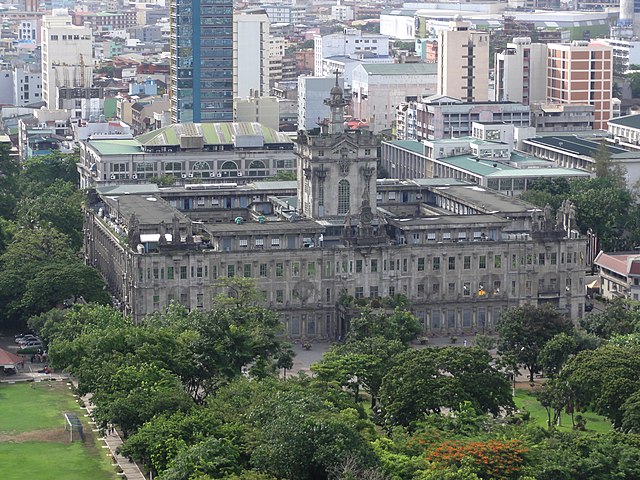
The Main Building of the University of Santo Tomas is the administrative center of the school. It also functions as housing for university staff.
Staff members from the Faculty of Civil Law, the College of Science, and Pharmacy call the University of Santo Tomas Main Building their home.
Architects designed this earthquake-resistant building in the early 1920s. Construction started on the building in 1924 and the design team completed it in July 1927.
They inaugurated the building a few months after its construction in November 1927. It has been functioning as the home of university faculty, staff, and students and housing the Museum of Arts and Sciences since it opened in 1927.
Its function hasn’t changed and the University of Santo Tomas Main building still stands as an integral part of local and campus culture.
9. Philippine Arena
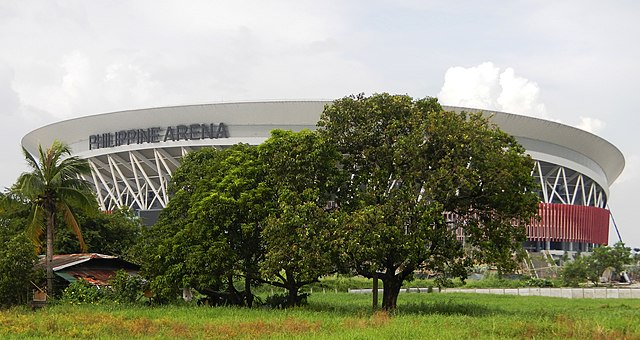
We know the Philippine Arena as the largest indoor arena in the world. This gargantuan structure is in Ciudad de Victoria and is owned by New Era University.
Architects and engineers broke ground on the Philippine Arena in late 2011 and completed the structure in May 2014. They estimate the cost of the building at over two hundred million dollars.
They designed this multipurpose indoor arena in the modernist architectural style to seat at least fifty-five thousand spectators.
The Nara tree is the mother tree of the country that inspired its design concept. The Banyan tree also inspired part of the Philippine Arena design and has a roof that resembles a Nipa hut.
10. Philippine International Convention Center
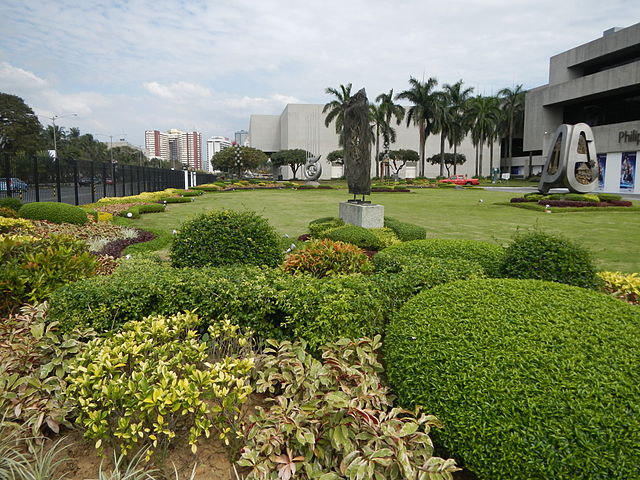
We know the Philippine International Convention Center on Vicente Sotto street in the CCP complex of Pasay, Metro Manila as PICC. The Central Bank of the Philippines headed its construction.
They broke ground and began construction of this famous building in 1974 and completed it in 1976. Leandro Locsin is the architect of this famous building who was later declared a National Artist in the Philippines.
They inaugurated the Philippine International Convention Center in Manila on September 5, 1976. It has since hosted international leaders and local and foreign conventions. It has also served as the Office of the Vice President of the Philippines.

